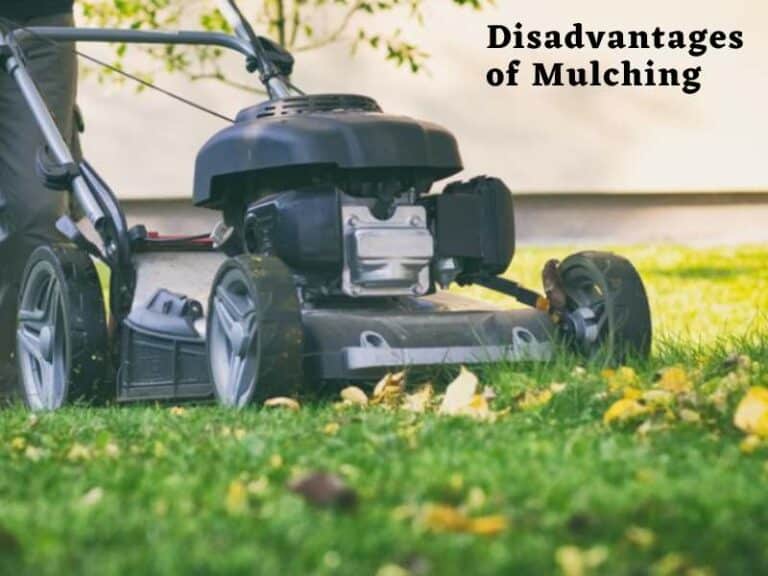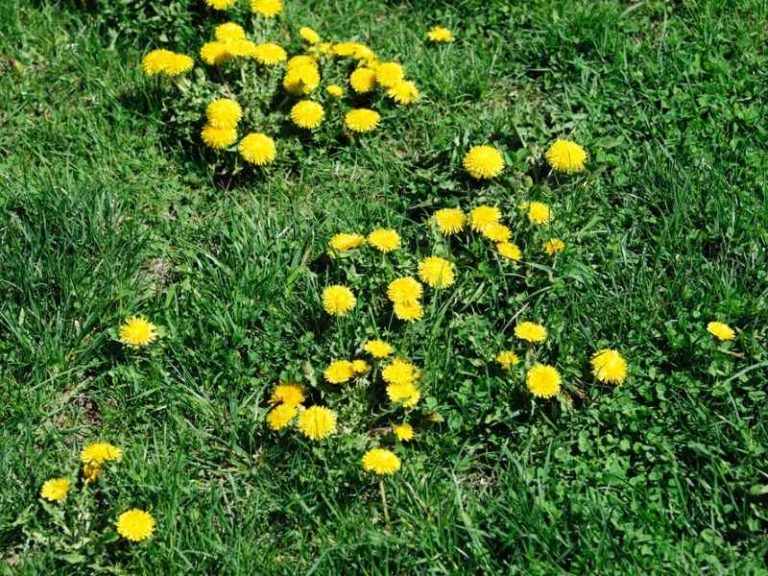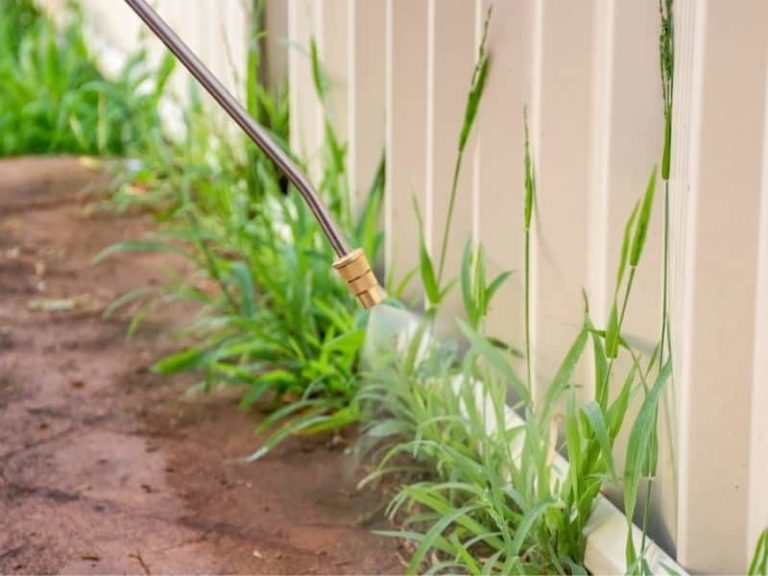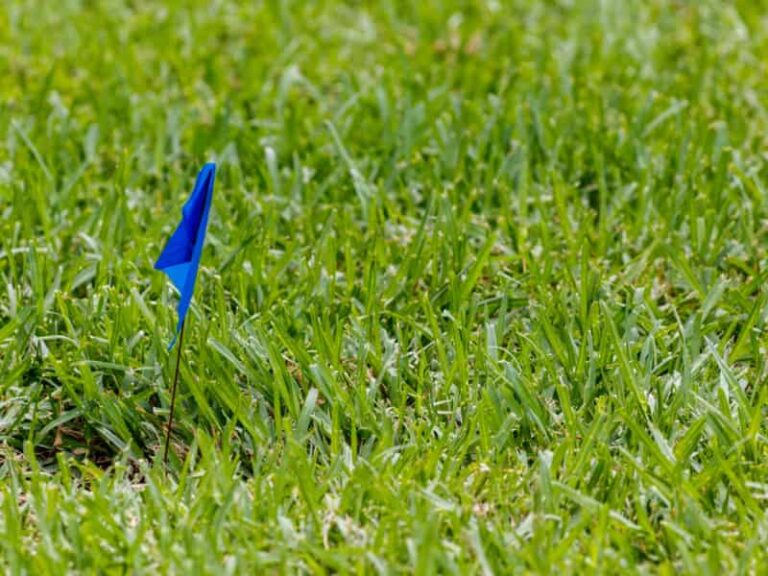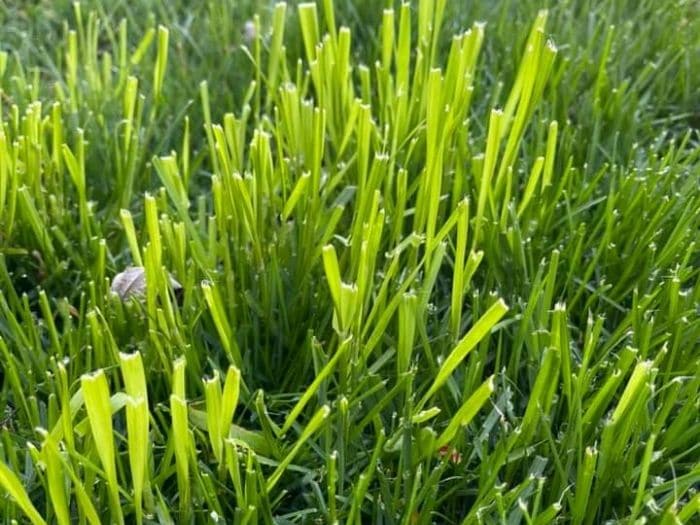Common Weeds in St. Augustine Grass: Identification + Control Tips
Healthy and lush St. Augustine grass on your lawn indicates an optimum environment for the growth of weeds. Healthy grass means your lawn has perfect soil conditioning and enough nutrients for growth, which weeds compete with your grass to obtain. Specific weeds are most likely to be found in your St. Augustine turf. Luckily, efficient control methods destroy these weeds and improve grass growth.
Firstly, identifying common weeds is the initial step toward planning how to eliminate them from your lawn. It is an intricate process that guides you toward choosing which herbicide works best without damaging your grass.
Contents
Common Weeds in St. Augustine Grass
There’s a long list of weeds that attack lawn grass. However, despite its resilient nature, some pesky weeds are more inclined toward St. Augustine grass. These weeds belong to two categories: Broadleaf (with thicker leaves) and grassy weeds (which resemble your St. Augustine grass).
Broadleaf weeds to look out for include:
Chickweed
Chickweed is also known as starwort or satin flower. Chickweed does not grow more than two inches and produces small white flowers. It is an annual winter weed, with its seeds sprouting in the fall season. Therefore, apply pre-emergent herbicides in the fall or spring seasons.
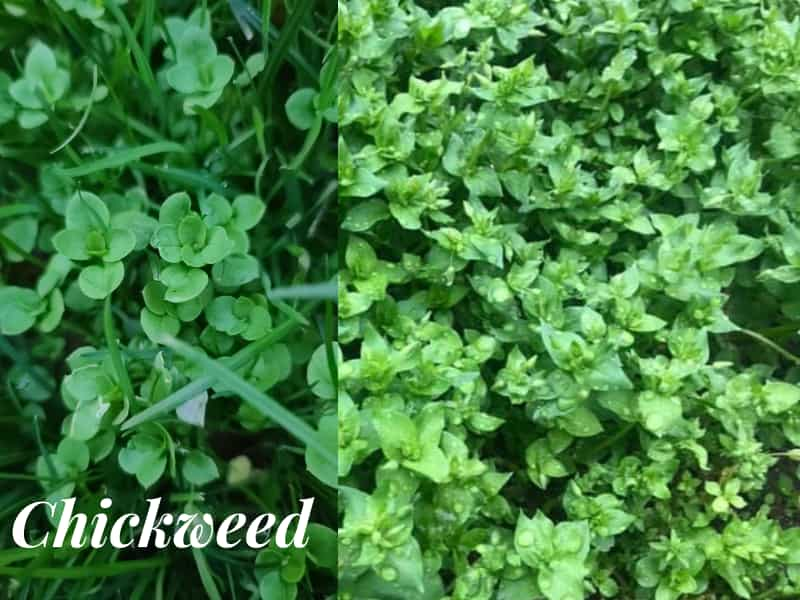
To ensure chickweed seeds do not survive on your lawn, apply Scotts Turf Builder Southern Triple Action. This herbicide is perfect for warm-season grasses like St. Augustine, whose active ingredients are Atrazine (1.352%) and Bifethrin (0.139%). Spray the whole lawn without worrying about damage to your grass.
Upon application, this herbicide performs three functions:
- Killing weeds
- Feeding your lawn
- Getting rid of pests, e.g. fire ants
You feed your lawn, allowing it to grow more robust and withstand stresses such as heat and drought even as you eliminate chickweed. After application, water it in by irrigating. Irrigation helps the herbicide to seep in and reach the soil surface.
Dollar Weed
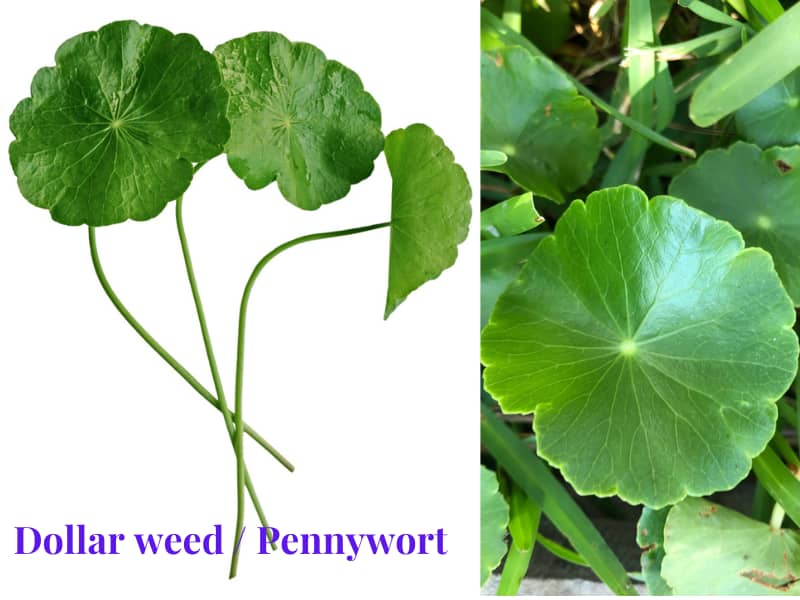
Dollar weed (Hydrocotyle spp.), also known as pennywort, thrives in wet conditions. It is a dark green perennial warm-season weed that you can identify through its lily pad-like leaves, also known as silver-dollar-shaped leaves. In St. Augustine grass, the dollar weed indicates overwatering or excessive moisture in the turf grass. Stems of the dollar weed form roots wherever the nodes touch the soil, thus its fast growth.
The best herbicide to eliminate dollar weed is Metsulfuron Methyl Herbicide, whose active ingredient is Metsulfuron. Treat your lawn every eight weeks, or even better, once a month for the best results. However, do not water the herbicide after application. Consistent and timely application defeats the roots below the ground and the stems, eliminating chances of repopulation of dollar weed.
Precaution: Do not apply Metsulfuron Methyl Herbicide near ornamental plants, trees, or shrubs less than two years old. This herbicide might not harm your mature St. Augustine grass, but it is unsuitable for use on turf less than a year old.
White Clover
To identify this weed, watch out for:
- Pink centered flowers
- White crescent-shaped petals
While people love the white clover in planted flower boxes, it becomes uncontrollable when it gets on your lawn. It is a re-seeding winter annual weed, requiring fast elimination by applying herbicides like Ortho WeedClear Weed Killer. This herbicide kills broadleaf weeds from the root, thus eliminating white clover effectively.
Precaution: Do not use this herbicide on Floratam (a St. Augustine grass variety) because it is susceptible, and you will damage it upon application. It is also vital to note that Ortho WeedClear contains 2,4-D, an active ingredient that often disagrees with St. Augustine grass. Read the mixing rates carefully, apply at temperatures less than 90°F, and spot treat to reduce the negative impact on your turf.
Grassy weeds in St. Augustine grass are:
Annual Bluegrass (Poa Annua)
Grassy weeds like Poa Annua require up-close identification because their leaves resemble grass blades. Annual bluegrass is an annual weed that:
- Is bright green (appears brighter than St. Augustine grass)
- Has smooth leaves with a pointed tip
- Produces a white feathery, tufted seed head that is unsightly. The seed head is easily identifiable in spring. However, you can also spot it in summer and winter.
Prevent the growth of Poa Annua by carrying out pre-emergent control measures. However, it won’t be hopeless to apply Spectracide Weed Stop for Lawns upon identification of annual bluegrass. This herbicide is ready to spray and should be applied any time temperatures are below 90°F. A great advantage is that it kills weeds already emerged and weed seeds in the ground.
Since this herbicide contains active ingredients like dicamba dimethylamine salt, it does not harm St. Augustine grass. Conclusively, you can blanket spray your lawn.
Crabgrass
Luckily, crabgrass is easier to identify than most grassy weeds. It is an annual weed, conspicuous, and proliferates. Further identification is done by looking out for:
- Coarse textured yellowish-green grass
- Spreading stems with numerous branches
- Roots developing at nodes on the prostrate stems
For efficient treatment of your lawn against crabgrass, use Hi-Yield Atrazine Weed Killer. It has Atrazine (4%) as an active ingredient, safe for use on your entire lawn. The herbicide controls both emerged weeds and weeds from seed, saving you weed emergence issues in the future.
Pre-emergent control measures are encouraged, but post-emergent weed control measures through safe herbicides also goes a long way in eliminating crabgrass.
Pro Tip: Read the instruction label attached to all herbicides to prevent any misuse of products. Ensure you read everything in detail to ascertain the suitability of herbicide to St. Augustine grass.
Cultural Methods of Weed Control in St. Augustine Grass Lawns
As long as your lawn is well maintained through mowing, fertilizing, and irrigation, weeds will be the last of your worries. Healthy and lush St. Augustine grass is thick and does not permit the growth of weeds. As long as your turf grass is healthy, weeds find it challenging to compete for space and nutrients.
Cultural weed control methods include:
1. Mowing
Mowing involves proper and timely grooming of your lawn. It reduces the chances for weeds to spread seeds. Through mowing, you also scout the area, observing for emergent weeds. Bag up the grass clippings to eliminate any seed heads that might spread seeds right back to your lawn.
2. Fertilizing
Maintaining a regular schedule for fertilizing your lawn is mandatory. Although fertilizers might provide nutrients and optimum conditions for the growth of weeds, they significantly promote the healthier growth of your St. Augustine turf grass. The thicker your turf is, the harder it is for weeds to survive. Apply fertilizer regularly, throughout the growing season, for the growth of healthy and aggressive grass.
3. Irrigating
Watering your lawn is vital in promoting healthy grass growth. If you fertilize and forget to irrigate, you leave your lawn at a disadvantage because grass won’t grow well. Irrigating also discourages the prevalence of pests, which hinder the thickening of your St. Augustine grass. As long as you water your grass adequately, it will flourish and stand a better chance at beating weed growth.
4. Hand Pulling
Pulling out weeds by hand can only work if there are few weeds on your lawn. Pluck weeds from the root to prevent re-emergence. Working by hand allows you to observe what is growing on your lawn. Therefore, it gets easier to identify broadleaf and grassy weeds.
Cultural methods of eliminating weeds also act as preventative measures for re-emergence. If you prefer the organic route, apply organic products formulated at home or bought ready-made.
5. Mulching
Mulching is a method that works through weed and seed germination suppression. This method needs you to cover the soils with mulch to deprive weeds and seeds of light essential for germination. On the other mulch denies the seeds a chance of reaching the soil while adding nutrients and feeding the soil over time.
Can St. Augustine grass choke out weeds?
St. Augustine turf grass is aggressive and competitive. These features allow it to compete with several weeds. As long as you have employed proper maintenance practices, e.g., frequent mowing and proper fertilization, your turf will choke out any weeds that find their way on your lawn.
The thicker and healthier your St. Augustine grass is, the more difficult it is for weed penetration. It has stolons that develop above the ground and root in the soil, promoting faster growth. Therefore, as long as your turf grass establishes itself in the soil, weeds won’t grow as easily.
Weeds attack grass that is:
- Weak or unhealthy
- Scalping
- Dead
- Patchy and brown
While many lawns with St. Augustine grass might choke out lightly weeded sections, herbicide application is required to eliminate weeds and their seeds.
Read More: St. Augustine Grass Diseases and Problems
References
- Gary Forester, Horticulture Extension Agent, Horry County Extension Service, Clemson University: St. Augustine Grass Yearly Maintenance Program
- UMass Extension Turf Program, Center for Agriculture, Food, and the Environment, University of Massachusetts Amherst: Biology and Management of Crabgrass
- David R. Chalmers, et al Texas A&M AgriLife Extension: Maintaining St. Augustine Grass Lawns
- Chris Marble, et al, IFAS Extension, University of Florida: Effects of Metsulfuron-Methyl-Containing Herbicides on Ornamentals

